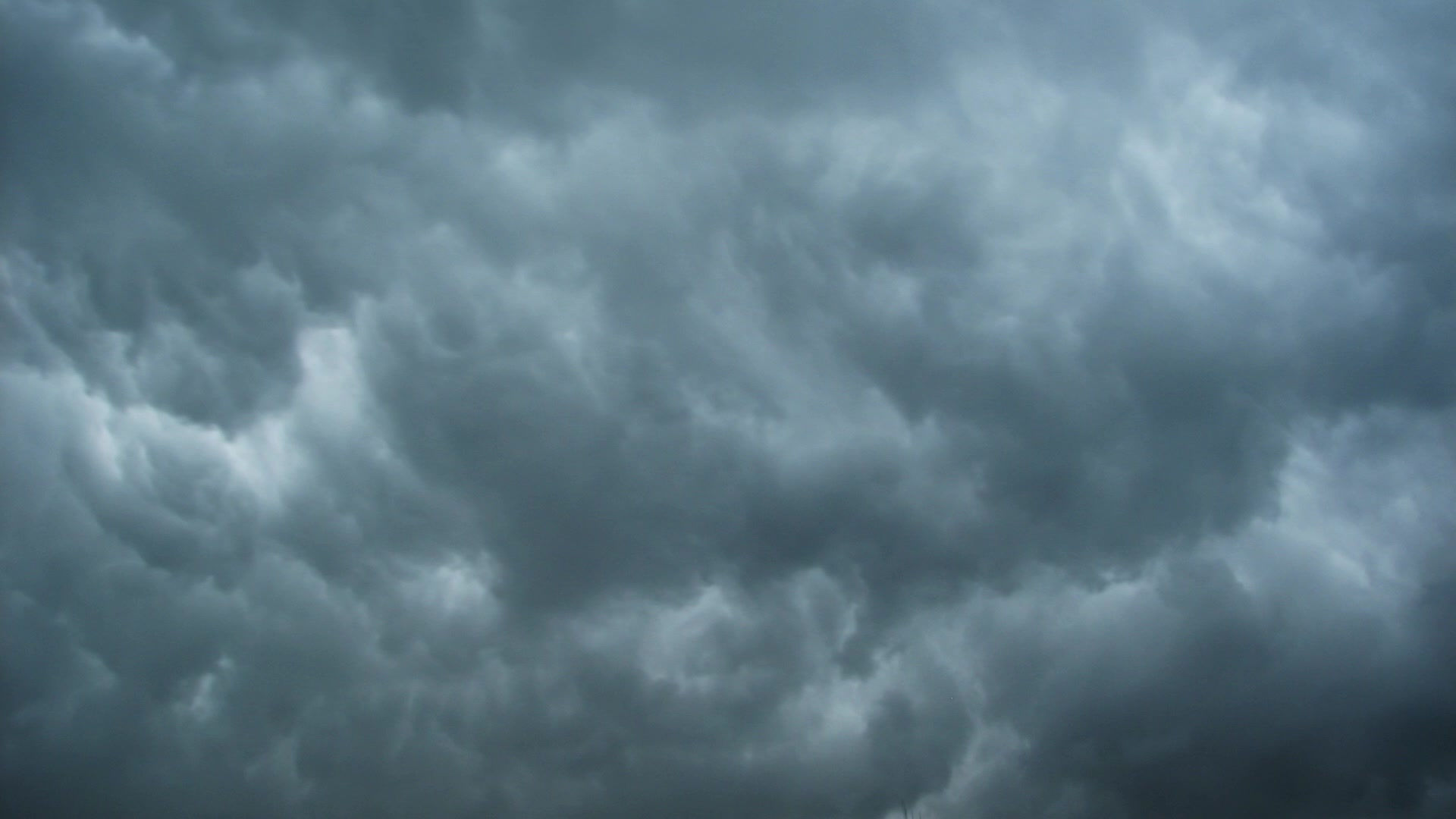
1. If the subway is ruined through storms with no recovery, as predicted in This is New York in the Not So Distant Future, could we take rundown industrial railroads and create an subway through similar architecture as the original high line-- the West Side Elevated Highway?
2. The article, This is New York in the Not So Distant Future, emphasizes that many climate change proposals look too into the short-term and never provide a definite solution for the long-term. What if the technology to come up with a long term solution is not possible yet? Technology is growing to be more adaptable and faster so shouldn’t we leave it to the future with advanced technology if we want the best possible solution to save NYC? Or will it be too late by then?
4. The competition for a redesign of the high line gathered a lot of people’s attention and interest from the public to private sectors as well as government involvement. What if a nation-wide contest was held for productive designs against raging storm surges that would not involve a high chance of wreckage, reconstruction, or reinforcement?
3. How does the high line benefit locals in terms of their daily life? Does the high line have any effect on locals on a day-to-day basis?
5. The High Line is on the surface a structure that is providing for both public and environmental interest and has benefits that outweigh any disadvantages. However, what is the High Line taking away from? If the High Line was not built as a public space, what other productive uses could the 1.45-mile stretch have?
6. Friends of the High Line has an agreement with the Department of Parks and Recreation to overlook and manage the park with an annual budget of over 5 million dollars. Could a project and deal with the Department of Parks and Recreation help clear Dead Horse Bay and possibly turn it into a tourist hub?
8. According to an article by Architect Magazine, the high line has become a “ a pedestrian parkway for locals” on top of being a tourist destination. Many also suggest the idea of creating some sort of entry fee to the High Line. Will the High Line lose tourism and its daily audience with an entry fee?
7. How does the High Line attempt to incorporate environmental protection in its architecture?